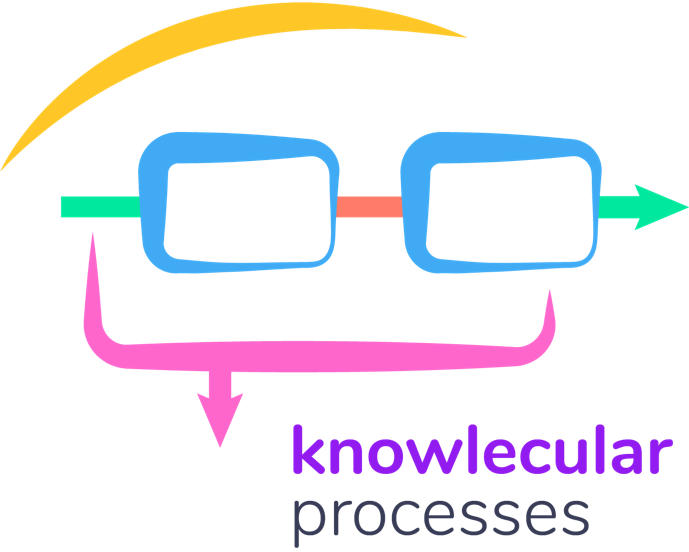4 moves toward personal innovation.
I write weekly about some aspect of innovation, and here I want to look at the topic of “personal innovation”. When I was in high school, I was a tall but thin kid who did very well in school (i.e., a nerd), and got picked on because of that. I committed to becoming a stronger person through weightlifting. When I started, I could bench press about 85 pounds. Perhaps on a really good day, if I felt great and had a few friends around, I could have benched 95. If I had tried to bench press 225 on the other hand, I would have been crushed! I might add a few percent if I try hard, but to get to where I wanted to be, I first had to become more. And while I was never a world-class powerlifter, I did become enough to bench press 10 repetitions with 315 pounds in good form.
There are many things I’d like to “become” now. I’d like to be a better listener for my partner Stephanie. I’d like to be a better marketer for potential customers. I’d like to be a better teacher for my students. And more. Here are four steps that have helped me in the past:
1. Choose one VIG. Having a “Very Important Goal” (VIG) is exciting, and my temptation has at times been to have several going at once! But over and over I’ve found that with everything else happening in my life, if I try to innovate more than one thing at a time, none of them happen. “The person who chases two rabbits catches neither,” is a quote that comes to mind. Your VIG has to deeply matter to you, because its power to inspire is going to have to carry you through some “dark nights of the innovator”. In the VIG, you start at position X, are aiming for your vision at Y, and aim to do it in a time T. From X to Y by T. Take 15-30 minutes to define these, and over time, make them even more precise.
2. Next 5 moves (BIGs). Patrick Bet-David wrote a book “Your next 5 moves, which is a similar idea as this. Between X and Y, what are your major Bridges to the Important Goal (BIGs)? Draw them on a sheet of paper or whiteboard. X, 5 BIGs, Y, and a defined time T. How long will each take? Days, weeks, months? Years?!!!
3. Emotional bank account and 10-50-90. “Failing fast” sounds great, except that emotionally, financially, physically, it can be harder and leave you broke. Within each BIG plan some things that you are 90% sure you’ll succeed at, some things that you are 50% sure (stretches), and a few things that you are only 10% sure (big stretches, but major wins if you get them). 10-50-90. If you see yourself getting discouraged, include more 90 and less 10. But “don’t let the bastards grind you down”, as the fight song says. Tenacity is super important, to stay in the game as long as the VIG still entices you.
4. Your numbers. Have one number (if necessary, 2 numbers) that you track every single day. This requires a bit of CREATIVITY, and therefore trial and error. For example, if you’re trying to innovate your body, you might have one number for how many pullups you’re doing each day, and one for how many glasses of water you drink. Or something else. Try to choose numbers that are “keystone numbers” as Charles Duhigg might suggest in “The Power of Habit”, numbers that remind you of other things. Every time you drink a glass of water, you might avoid eating some potato chips for instance. Every time you do 5 pullups during the day, you might go for a 10 minute walk.
Image: A US Marine Doing Pull-ups, Original Work of the US Marine Corps, Cpl. C.J. Yard, USMC (2005).

